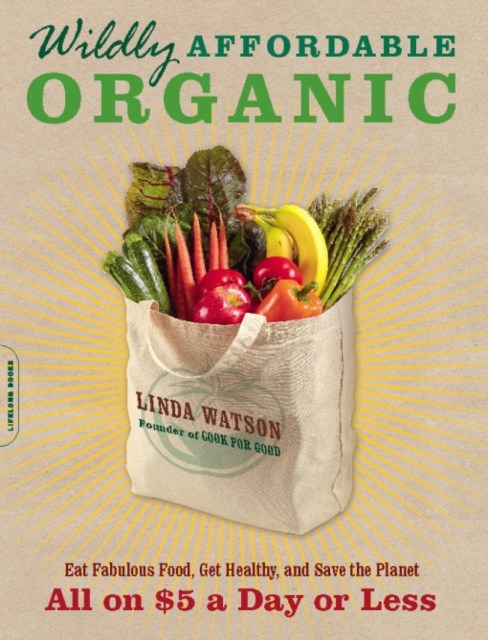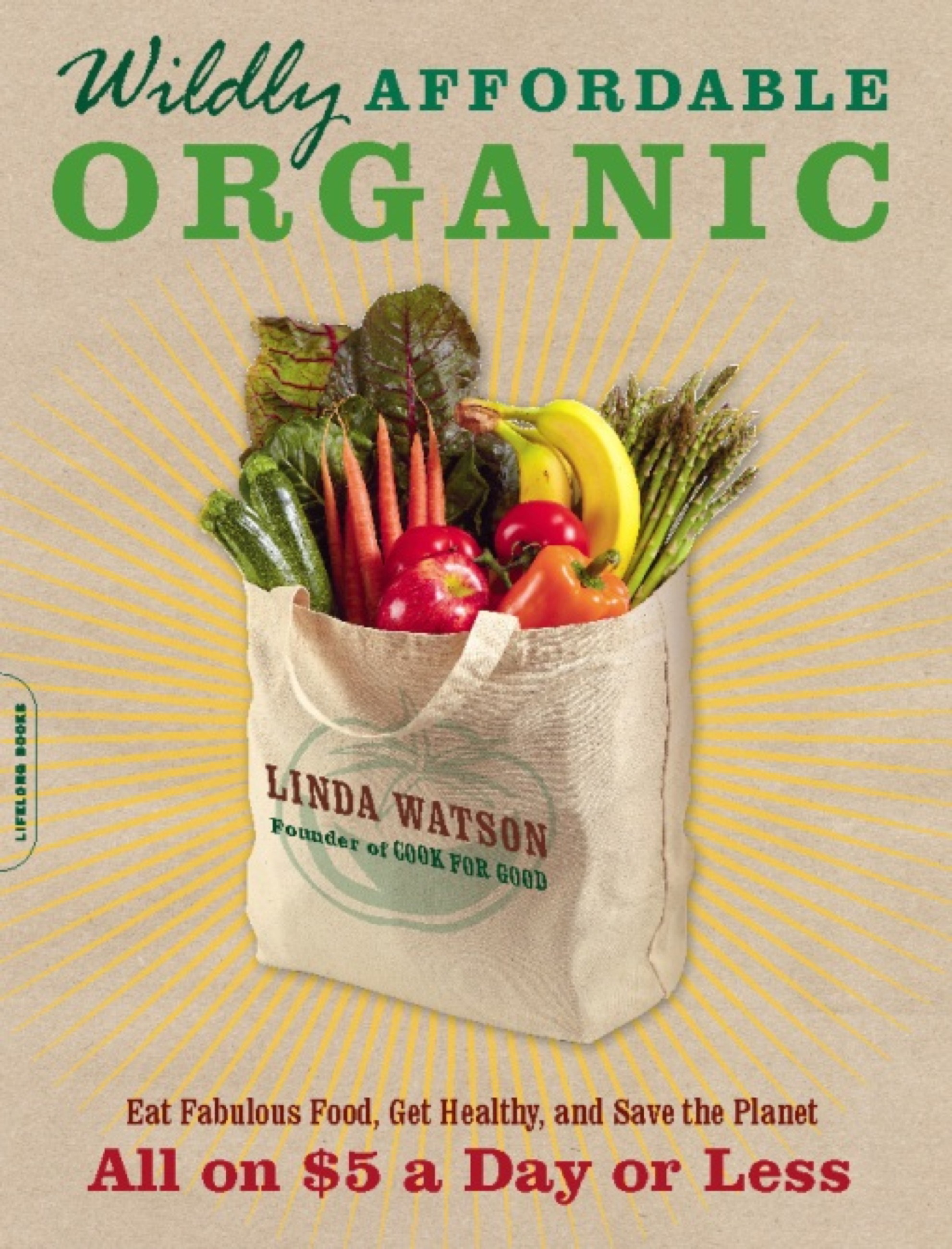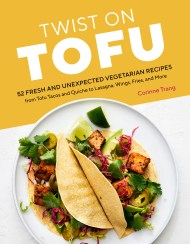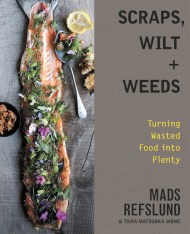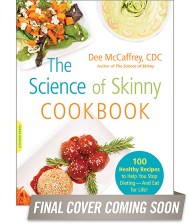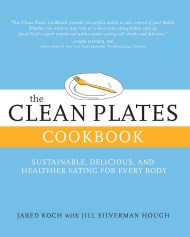Promotion
Use code MOM24 for 20% off site wide + free shipping over $45
Wildly Affordable Organic
Eat Fabulous Food, Get Healthy, and Save the Planet -- All on $5 a Day or Less
Contributors
By Linda Watson
Formats and Prices
Price
$11.99Price
$15.99 CADFormat
Format:
- ebook $11.99 $15.99 CAD
- Trade Paperback $17.00 $19.95 CAD
This item is a preorder. Your payment method will be charged immediately, and the product is expected to ship on or around May 31, 2011. This date is subject to change due to shipping delays beyond our control.
Also available from:
Buy Green. Eat Green. Save Green.
If you’ve wanted to eat like it matters but felt you couldn’t afford it, Wildly Affordable Organic is for you. It’s easy to think that “organic” is a code word for “expensive,” but it doesn’t have to be. With these ingenious cooking plans and healthy, satisfying recipes, Linda Watson reveals the incredible secret of how you can eat well every day–from blueberry pancakes for breakfast to peach pie for dessert–averaging less than two dollars a meal.
Get ready for wild savings! You’ll discover how to:
Ease your family into a greener lifestyle with the 20-minute starter plan
Go organic on just 5 a day–or go thrifty and spend even less
Take advantage of your freezer and freeze your costs
Find the best deals at your local farmers’ market or grocery store
Cook easy, scrumptious, seasonal dishes from scratch
Packed with tips for streamlining meals, from shopping and cooking to washing dishes, this book shows how sustainable living is within everyone’s reach. Slow global warming with delicious dinners? Lose weight, save money, and save the polar bears at the same time? When you live the Wildly Affordable Organic way, it is possible! Join the movement to change the way you eat–and keep the change.
If you’ve wanted to eat like it matters but felt you couldn’t afford it, Wildly Affordable Organic is for you. It’s easy to think that “organic” is a code word for “expensive,” but it doesn’t have to be. With these ingenious cooking plans and healthy, satisfying recipes, Linda Watson reveals the incredible secret of how you can eat well every day–from blueberry pancakes for breakfast to peach pie for dessert–averaging less than two dollars a meal.
Get ready for wild savings! You’ll discover how to:
Ease your family into a greener lifestyle with the 20-minute starter plan
Go organic on just 5 a day–or go thrifty and spend even less
Take advantage of your freezer and freeze your costs
Find the best deals at your local farmers’ market or grocery store
Cook easy, scrumptious, seasonal dishes from scratch
Packed with tips for streamlining meals, from shopping and cooking to washing dishes, this book shows how sustainable living is within everyone’s reach. Slow global warming with delicious dinners? Lose weight, save money, and save the polar bears at the same time? When you live the Wildly Affordable Organic way, it is possible! Join the movement to change the way you eat–and keep the change.
Genre:
- On Sale
- May 31, 2011
- Page Count
- 272 pages
- Publisher
- Da Capo Lifelong Books
- ISBN-13
- 9780738214771
Newsletter Signup
By clicking ‘Sign Up,’ I acknowledge that I have read and agree to Hachette Book Group’s Privacy Policy and Terms of Use
